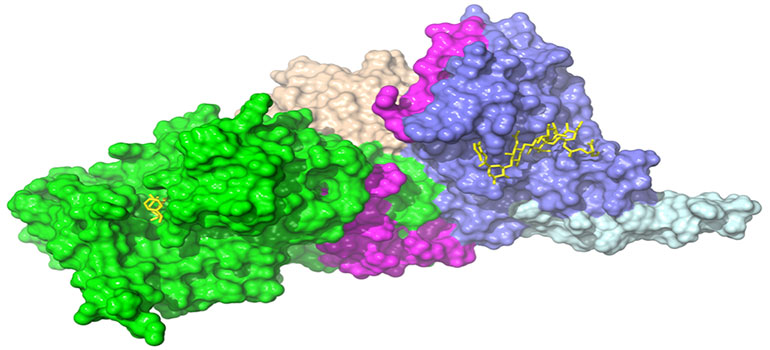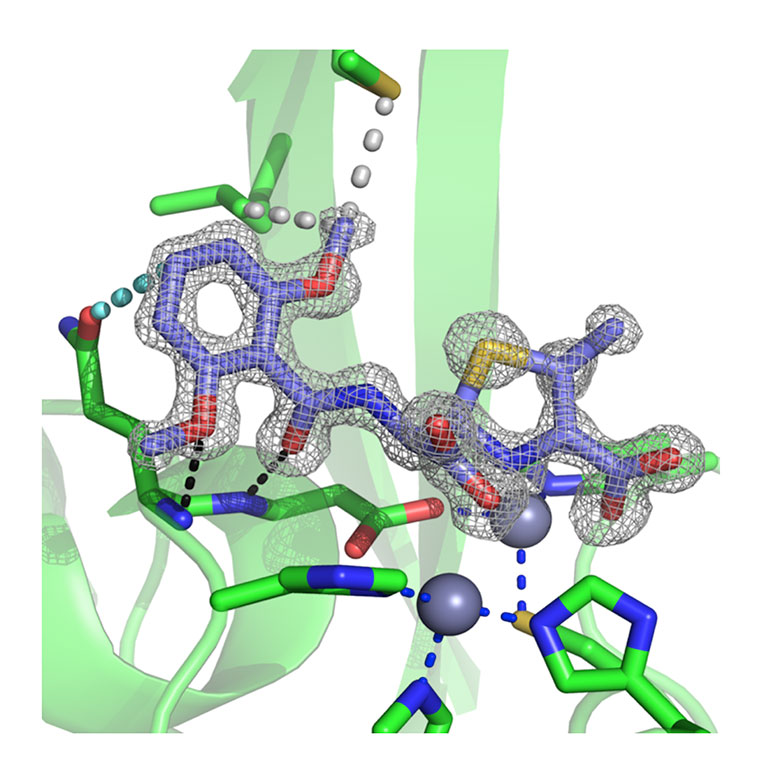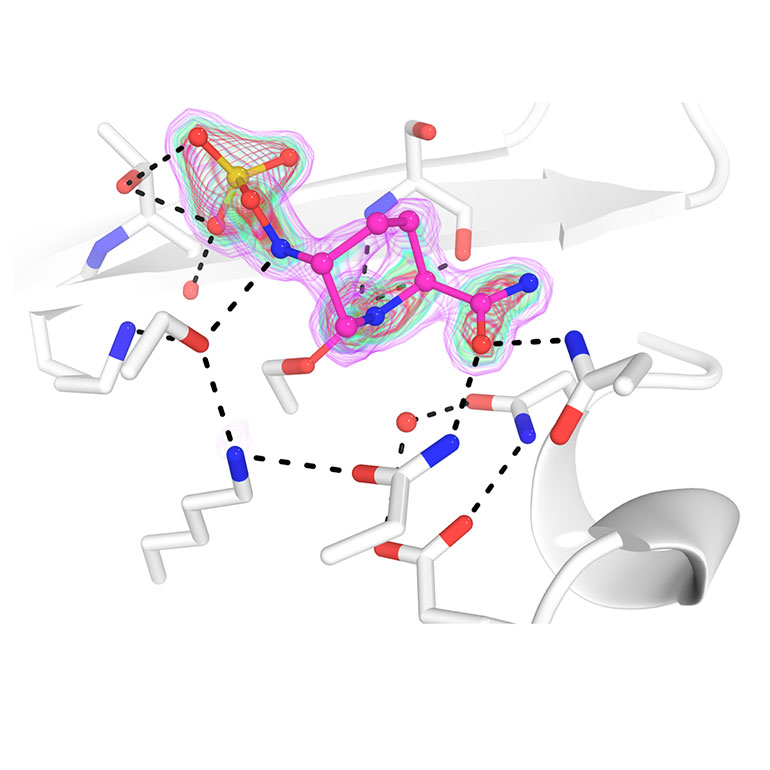
Strynadka’s team visualizes individual atoms that make up critical proteins in antibiotic resistant bacteria.
Research into new ways of fighting antibiotic resistant bacteria has received a $2 million boost from the Canadian Institutes of Health Research (CIHR).
The funding was announced today at UBC by Cathy McLeod, Parliamentary Secretary to the Minister of Health, on behalf of the Honourable Rona Ambrose, Minister of Health. The UBC funding is part of a $4 million commitment for six projects involving international collaboration with researchers at UBC, McMaster University and Université Laval.
“Antibiotic resistance is a global health crisis that UBC scientists are working with partners across Canada and around the world to solve,” said John Hepburn, UBC vice president Research and International. “We are grateful to CIHR and Health Canada for funding innovative research to find new medicines that will protect ourselves, our neighbours, and people all over the world from infections.”
Antibiotic resistant bacteria are becoming increasingly common. The problem has major health and economic implications and has been described by the World Health Organization as a “major global threat.”
Natalie Strynadka, a professor of biochemistry in UBC’s Faculty of Medicine and the Canada Research Chair in Antibiotic Discovery and Medicine, uses advanced biophysical tools to zoom in on this big problem. Her team visualizes the individual atoms that make up critical proteins in antibiotic resistant bacteria, effectively creating a molecular blueprint that is considered central to unraveling their function in disease and drug resistance.
“The blueprint gives us an understanding, at the molecular level, of how bacteria infect and manipulate human cells and in turn become so virulent,” said Strynadka, who is part of an international research collaboration called the Joint Programming Initiative on Antimicrobial Resistance. “With this atomic three-dimensional information we can design drugs to specifically block these actions and create new antibiotics to be used in clinical settings.”
The funding announced today also supports the work of UBC researchers Raymond Andersen, Horacio Bach, Julian Davies, Urs Hafeli and Charles Thompson.

Structural snapshot of the NDM-1 metallo-β-lactamase destroying a β-lactam antibiotic (methicillin).

